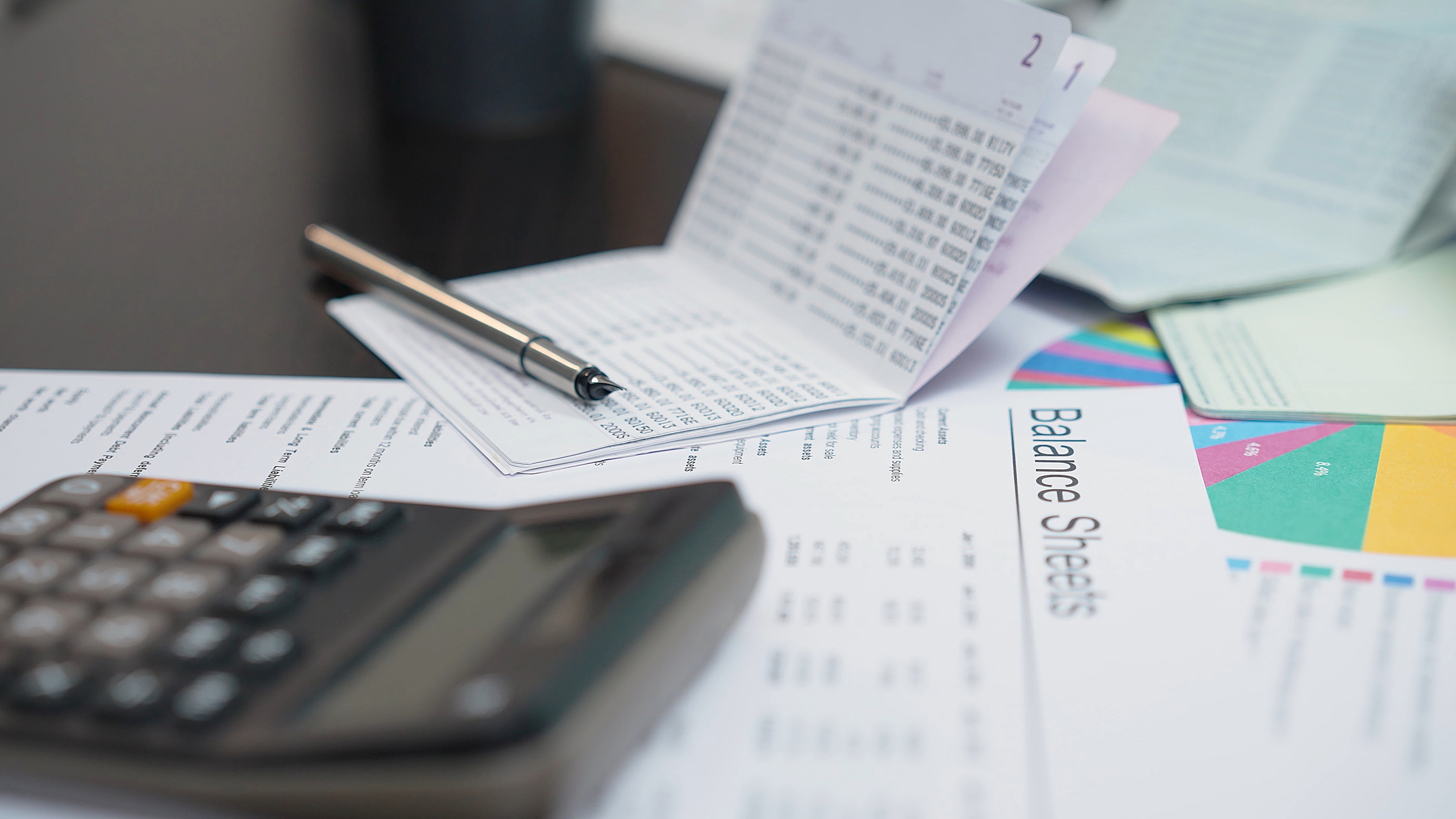Three Best CDs to Open After a Drop in Rates
Even though CD rates fell after the Fed's latest meeting, several accounts still offer impressive rates.


CD rates have taken a hit after the Fed’s latest policy-setting meeting, which cut interest rates for the first time in four years. But despite this, several accounts still offer generous annual percentage yields (APYs). So if you’re looking to open a CD account, make sure you’re choosing one that still has a solid APY to get the most out of your money.
But you’ll want to act soon. Rates on some accounts fell by as much as 1.30% after the first rate cut. There’s a good chance additional rate cuts will come later this year. And while cuts to the federal funds rate won’t impact CDs directly, banks will usually follow suit and change rates accordingly. According to Kiplinger’s Interest Rates Outlook, “the members of the Fed’s policy-making committee indicated that most saw only quarter-point cuts at one or both of the next two meetings, which will take place on November 7 and December 18.”
Locking in rates before the next Fed meeting can help you secure the best APY. But which CDs currently offer the best rates? We’ve done the hard part and scoured the internet for some of the best yields currently available, so you don’t have to. Here’s what we found. Also, check out our article — The Fed Just Cut Rates. What Should Savers Do About CDs and High-Yield Accounts? — to learn more about how to manage your savings

Sign up for Kiplinger’s Free E-Newsletters
Profit and prosper with the best of expert advice on investing, taxes, retirement, personal finance and more - straight to your e-mail.
Profit and prosper with the best of expert advice - straight to your e-mail.
Three top-earning CD accounts still available
Here are three of the top-earning CD accounts available, even after the Fed’s rate cut of 50 basis points.
Lafayette Federal Credit Union
Maturity: 5 years
APY: 4.32%
Minimum opening deposit: $500
The longer you keep your money in a CD, the more interest you’ll earn. So if you can comfortably lock up your cash for 5 years, it’ll pay off in the long run. This is why we suggest locking in rates with a long-term CD account now that savings rates have started significantly decreasing. Just be sure you won’t need to access this cash until the CD matures, or you’ll be charged an early withdrawal fee that can easily offset any interest you’ve earned.
The highest-yielding 5-year CD we’ve found is offered by Lafayette Federal Credit Union and earns a 4.32% APY. If you put $5,000 in the account, after five years you’d have $6,177.43, earning $1,177.43 in interest.
Lafayette Federal Credit Union
Maturity: 3 years
APY: 4.52%
Minimum opening deposit: $500
If five years is a bit too long to tie up your cash, consider a 3-year CD. The highest-yielding 3-year CD we’ve found, also offered by Lafayette Federal Credit Union, has an APY of 4.52% and a minimum opening deposit of $500. If you put $5,000 in the account, after three years you’d have $5,709.11, earning $709.11 in interest.
National Cooperative Bank
Maturity: 1 year
APY: 5.18%
Minimum opening deposit: $500
So maybe you can only commit to locking up your cash for a year. You’ll still earn a guaranteed rate of return on your savings, with little effort and no risk. National Cooperative Bank still offers a competitive rate of 5.18% on its 1-year CD account. If you put $5,000 in the account, after one year you’d have $5,259.00, earning $259 in interest.
You can also use our tool below, powered by Bankrate, to compare CD rates today:
Related Content
Get Kiplinger Today newsletter — free
Profit and prosper with the best of Kiplinger's advice on investing, taxes, retirement, personal finance and much more. Delivered daily. Enter your email in the box and click Sign Me Up.

Erin pairs personal experience with research and is passionate about sharing personal finance advice with others. Previously, she was a freelancer focusing on the credit card side of finance, but has branched out since then to cover other aspects of personal finance. Erin is well-versed in traditional media with reporting, interviewing and research, as well as using graphic design and video and audio storytelling to share with her readers.
-
 Before You Invest Like a Politician, Consider This Dilemma
Before You Invest Like a Politician, Consider This DilemmaAs apps that track congressional stock trading become more popular, investors need to take into consideration some caveats.
By Ryan K. Snover, Investment Adviser Representative
-
 How to Put Together Your Personal Net Worth Statement
How to Put Together Your Personal Net Worth StatementNow that tax season is over for most of us, it's the perfect time to organize your assets and liabilities to assess your financial wellness.
By Denise McClain, JD, CPA